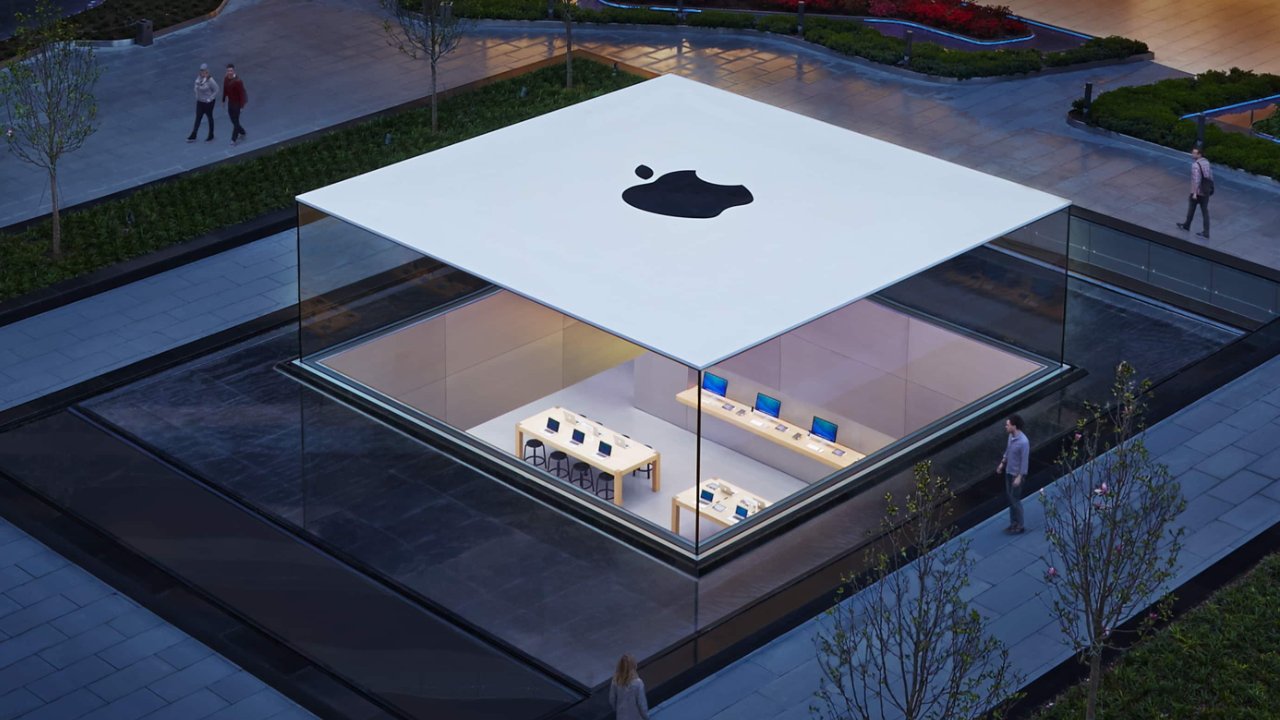In response to a significant downturn in iPhone sales within China, leading e-commerce platforms JD.com and Alibaba’s Tmall have initiated substantial discounts on Apple’s latest iPhone 16 series. These price reductions, reaching up to 2,530 yuan (approximately $351), aim to rejuvenate consumer interest ahead of the nation’s prominent 618 shopping festival on June 18.
Contextual Background
China’s smartphone market has witnessed a notable shift, with Apple’s shipments declining by 9% in the first quarter of 2025. This downturn is juxtaposed against the impressive growth of domestic competitors: Xiaomi experienced a 40% increase, while Huawei saw a 10% rise in the same period. The intensified competition, coupled with a sluggish economy, has prompted retailers to adopt aggressive pricing strategies to attract cost-conscious consumers.
Details of the Discounts
JD.com is offering the iPhone 16 Pro with 128GB storage at a discounted price of 5,469 yuan, a significant reduction from its official price of 7,999 yuan. Similarly, the iPhone 16 with 256GB storage is available for 5,469 yuan, down from 6,999 yuan. These discounts are inclusive of government subsidies designed to stimulate consumer electronics purchases.
Tmall mirrors these promotions, listing the iPhone 16 Pro with 128GB at 5,499 yuan after applying coupons that incorporate government subsidies. The exact involvement of Apple in these price reductions remains unclear, as it’s uncertain whether the discounts are directly supported by the company or solely initiated by the retailers.
Historical Precedents and Strategic Implications
Apple has previously engaged in selective discounting strategies within China. For instance, in January 2025, the company offered rare discounts of up to 500 yuan on its website and through Apple Stores in mainland China. These promotions are often timed with major shopping events like the 618 festival, reflecting Apple’s efforts to maintain competitiveness in a rapidly evolving market.
The current discounts are not isolated incidents but part of a broader trend where both Apple and its authorized resellers adjust pricing to align with market dynamics. This approach is particularly pertinent given the rise of local brands like Xiaomi and Huawei, which have been gaining market share through innovative products and competitive pricing.
Government Initiatives and Consumer Behavior
The Chinese government has implemented various subsidies to boost consumption, especially in the consumer electronics sector. Major cities, including Beijing, offer subsidies of up to 500 yuan for smartphones priced below 6,000 yuan. These initiatives are part of a broader strategy to stimulate economic activity amid a slowing economy.
Consumer behavior in China has also evolved, with a growing emphasis on value and cost-effectiveness. This shift has made price discounts more attractive, compelling companies like Apple to adapt their strategies to meet the changing preferences of Chinese consumers.
Competitive Landscape and Market Dynamics
The competitive landscape in China’s smartphone market is increasingly challenging for Apple. Domestic brands have not only improved the quality and features of their devices but have also leveraged local market insights to offer products that resonate with Chinese consumers. Huawei’s resurgence, in particular, has been notable, with the company launching new devices powered by advanced technology despite facing U.S. restrictions.
Apple’s market share in China has been under pressure, with the company falling to third place in the country’s smartphone market during the fourth quarter of 2024. This decline underscores the need for Apple to continually reassess and adapt its market strategies to maintain its position in one of its most critical markets.
Conclusion
The substantial discounts offered by JD.com and Tmall on the iPhone 16 series reflect a multifaceted strategy to counter declining sales, respond to competitive pressures, and align with government initiatives aimed at stimulating consumer spending. As the 618 shopping festival approaches, these promotions are likely to play a pivotal role in shaping consumer purchasing decisions and influencing the overall dynamics of China’s smartphone market.



